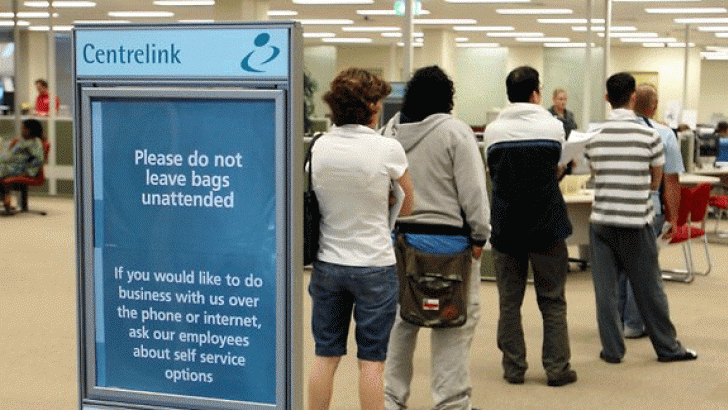January 14, 2014
The Australian
IT is disappointing, if not tragic, that what passes for a debate on the nation’s welfare system has boiled down to an argument over the need to boost the Newstart allowance above the present rate of $35 a day.
Few groups are opposed to a $50-a-week increase, including the Business Council of Australia. And after the government’s decision to scrap the surplus (Jenny Macklin’s unfortunate holiday season faux pas aside), it is hard to see the government maintaining its opposition.
There is a growing push by backbenchers to increase Newstart. The opposition is making similar noises.
And the $2 billion a year in extra funding would flow back into the economy, creating a mini-stimulus, which would be good news for struggling small businesses. Moreover, it would be an immediate stimulus.
The case is pretty compelling that an increase in Newstart is justified. Hikes in the cost of energy and food over the past few years have affected unemployed people and their families who generally do not benefit from interest rate cuts.
But an increase in Newstart is only part of the story.
Any increase in income support must be balanced by real incentives to get back into work. As this newspaper editorialised, the best form of welfare is a job.
An increase to Newstart should be complemented by an increase in work experience funding to encourage real workplace-based activity. It’s also necessary for jobseekers to be required to participate in community programs, work experience or training at the same time to balance any disincentive to work.
And we still need to remove other disincentives to working such as the loss of housing, healthcare and other benefits as income support recipients re-enter employment.
The problem with the Newstart debate is that it’s too limited. Australia’s welfare system is broken. The federal government must conduct a full-scale review and deliver root and branch reform. Instead we get the appearance of reform that at best kicks the can down the road, and at worst just makes things more complex and unfair.
The government’s initiative to move more than 100,000 single parents from the parenting payment on to Newstart is a case in point. The harsh financial impact of the decision has been well documented. But what’s little understood is that it deals those affected a double whammy – they will be worse off monetarily and they will also wait longer for help finding a job.
That’s because following the government’s changes to the Job Services Australia system that came into effect on July 1, many single parents moving to Newstart will have to wait 26 weeks before they can access the intensive employment help they need. Previously it was 13 weeks. And the hours of assistance available under the system have been reduced from 40 to 25.
The government has defended its changes to benefits for single parents on the grounds they’re necessary to boost employment and address welfare dependency. But if that were the case, surely it would put in place the necessary supports to help single parents find work? What it’s done is made it harder for many people.
When you look at how these changes work against each other, moving single parents on to Newstart while making many wait longer for job assistance, it’s clear we’re dealing with something ill-conceived.
The less charitable would say it’s all about delivering budget savings rather than a genuine attempt to get people off welfare.
For many years, Mission Australia has been at the vanguard of welfare reform in this country. My predecessor as its head, Patrick McClure, led the Howard government’s independent committee on welfare reform, which provided a blueprint embraced by all sides of politics. Time and again I have publicly championed efforts to encourage more Australians, who have the capacity, back into the workforce. I would hope that, given that record, Mission Australia’s voice carries some weight on this subject.
What we need is a review that: tackles the complexity of the income support system, including how it interacts with the tax system; reconsiders and possibly reinvents the nation’s approach to supporting disabled people back into the workforce; takes a balanced approach to assisting long-term unemployed people; and doesn’t fall into the trap of “all stick and no carrot”.
The main piece of welfare reform left undone in the 13 years since the McClure report is its recommendation of a single income-support payment complemented by a participation supplement and a needs-based add-on payment according to circumstances, such as a need for child care to attend work or for someone to access public transport.
Such a system would be fairer for individuals and less complex for the government to manage.
It will be an expensive reform, no question. But it will cost us more not to pursue it.
And underlying any substantial review must be the principle central to the McClure report’s agenda that no income-support recipient be left worse off as a result of the changes.
Quite clearly the federal government has fallen at that hurdle in terms of single parents.
Toby Hall is the chief executive of Mission Australia.




